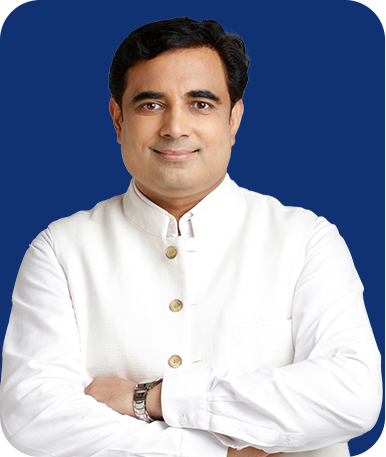
India, being a vast nation, is a home to many religions. Our land is well-known in the world as the ‘Land of Rishis and Sages’. Our culture strictly follows the guidelines laid down by the sages. Every religion has its own set of traditions and rituals. Mahavir Jayanti is one of the most important festivals in the Jain religion. According to the Vira Nirvana Samvat (the Jaini calendar), this festival is observed on every thirteenth lunar day of the Chaitra month. It is celebrated as the birthday of the twenty fourth Tirthankara (teaching God), Saint Mahavira, who was known to be the last Trithankara. Jainis consider Saint Mahavira as the founder of Jain religion, who was born in Vaishali, and refer this day as ‘Mahavira Janma Kalyanak’.
ABOUT LORD MAHAVIRA:
Lord Mahavira was born in Vaishali (now Bihar) at Ikshvaku dynasty, as the son of King Siddhartha and Queen Trishala. On noticing the prosperity in the kingdom soon after his birth, he was soon named Vardhamana, which means ‘a person who grows to infinity’. He led a very luxurious life in his childhood. However, he was forced to marry a girl named Yashodha at a very young age and soon, he was blessed with a daughter, Priyadarshna. At an early age of thirty, he left his comfortable life to pursue the spiritual awakening within himself. He turned into a monk, performed hard penances, and meditated under shala tree. His dedication was to an extent that he even discarded his clothes.
After a difficult penance of 12 years, he achieved the state of Kevala jñāna (which literally means supreme knowledge). Killing an insect was a crime in his eyes. Saint Mahavira travelled to various places, bare feet, to spread the knowledge and importance of non-violence and truth. Followers from all aspects of life started following him. He also attracted followers including King Bimbisara of Magadha, King Kunika of Anga dynasty and King Chetaka of Videha dynasty. He categorized his followers into four groups: monk (Sadhu), nun (Sadhvi), layman (Shravak), and laywoman (Shravika). With time, all these groups together were categorized as Jainis. He attained moksha at the age of 72 years at Pawapuri, Bihar. Throughout his life as a monk, his eventual purpose was to aware people about how ultimate freedom from the cycle of birth, suffering, grief, and demise can be achieved. He wanted to help people achieve the eternal heavenly state of their own self. This state is known as liberation, nirvana, or Moksha.
CELEBRATIONS AT THE DAY OF MAHAVIR JAYANTI:
This festival is celebrated all over the world by the Jain communities. The followers silently celebrate this day by bathing the idol of Lord Mahavira with Holy water, a ceremony known as Abhisheka. Following this, the idol of Lord Mahavira is carried on a chariot (Rath Yatra) and the devotees follow this chariot while chanting bhajans. The devotees visit various temples, worship different Trithankars, and meditate. The literate saints offer Pravachan (allocutions) on the eve of Mahavir Jayanti. Many devotees carry out charitable work and observe fast on this auspicious day. The devotees prepare kheer as prasadh and distribute it amongst everybody.
STATES WHERE MAHAVIR JAYANTI IS CELEBRATED THE MOST:
Gujarat and Rajasthan are the places where a major part of Jain community resides. Gujarat is a home to largest numbers of Jain shrines and organizes grand fairs on this day. Followers residing at the birthplace of Lord Mahavira, Bihar, also celebrates this day with great devotion. Devout followers enthusiastically recite the teachings of Lord Mahavira on the divine occasion of Mahavir Jayanti.
 +91 9990176000
+91 9990176000 +91 9999097600
+91 9999097600
 CALENDAR 2025
CALENDAR 2025





